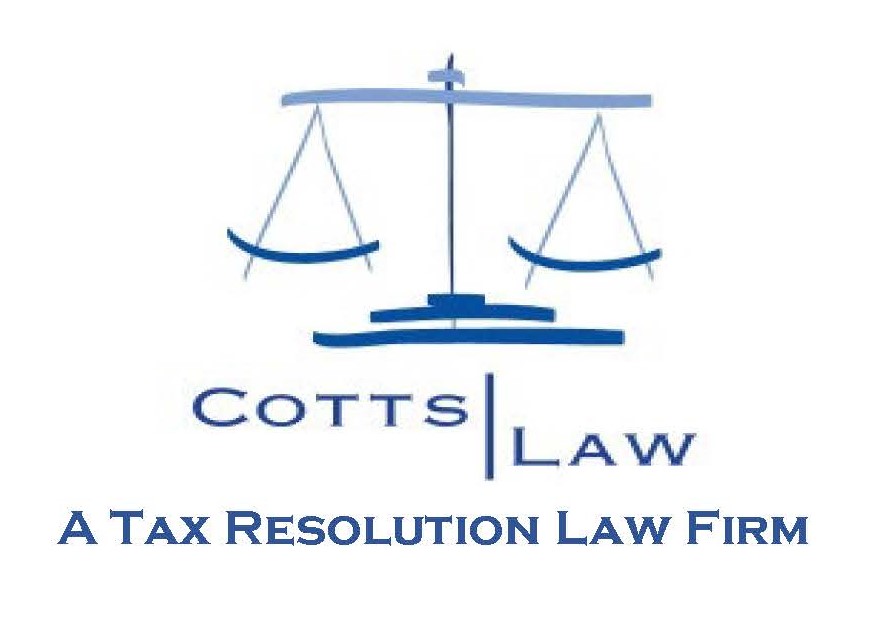For taxpayers who owe significant back taxes, the most frightening letter from the IRS is often the one that warns of asset seizure. This is not just a hollow threat — the IRS has broad powers to take physical property and sell it to pay off delinquent tax debt.
Knowing how this process works — and what you can do about it — is critical if you find yourself facing the possibility of IRS enforcement.
What Is IRS Asset Seizure?
When you have unresolved tax debt, the IRS can enforce collection through a variety of means. An asset seizure occurs when the IRS takes physical possession of property — cars, real estate, business equipment, and more — and sells it at auction to satisfy your unpaid taxes.
Seizure is one of the most extreme collection actions, typically reserved for taxpayers who have failed to communicate, ignored notices, or appear to have assets that could cover their debt.
Common Property the IRS Seizes
IRS seizures aren’t limited to luxury items. The agency may go after property such as:
Primary residences (though this requires approval from a federal court)
Vehicles used for personal or business purposes
Business inventory, tools, and equipment
Investment accounts, including stocks and bonds
Personal property of value, including collectibles and jewelry
The IRS Process Before Seizure
Seizure doesn’t happen out of nowhere. The IRS follows a clear process before taking your property:
Assessment and notice: The IRS formally assesses your tax debt and demands payment.
Final Notice of Intent to Levy: Before seizing property, the IRS must send a written notice (LT11 or Letter 1058) informing you of their intent and your right to appeal.
30-day waiting period: You have 30 days from receipt of this notice to request a Collection Due Process (CDP) hearing or take steps to resolve your debt.
Ignoring this sequence of notices virtually guarantees the IRS will escalate its actions.
Your Rights and Options
Even if you’ve received a Final Notice, you still have rights. Options for avoiding seizure include:
Negotiating an Installment Agreement: Setting up a payment plan can halt collection activity.
Offer in Compromise: If you qualify, the IRS may accept a reduced payment to settle your entire debt.
Currently Not Collectible status: Prove that paying would cause you financial hardship.
Filing an appeal: A timely CDP hearing request will pause seizure activity while your case is reviewed.
However, once property is seized and sold, recovery can be difficult or impossible. It’s essential to act before that point.
Why Acting Quickly Is Essential
IRS asset seizures are devastating for individuals and businesses alike. The loss of a car, tools of your trade, or even your home can have immediate and long-term financial consequences.
Acting early provides far more opportunities for resolution, and professional representation makes navigating this process significantly easier.
How a Tax Attorney Can Help
Handling IRS seizure threats is complex, especially when significant assets are at stake. A skilled tax attorney brings several advantages:
In-depth knowledge of IRS procedures and timelines
Ability to assess which resolution strategy fits your situation
Representation during appeals, negotiations, and hearings
Protection of your legal rights throughout the process
Don’t Let the IRS Take Your Property — Take Action Now
If you’ve received a Final Notice of Intent to Levy or suspect you’re at risk for seizure, it’s time to act. The IRS’s collection powers are broad, but so are your rights — as long as you respond quickly.
COTTS Law has decades of experience representing taxpayers facing aggressive IRS collection actions. We know the legal procedures, appeal strategies, and negotiation tactics that can help protect your property and resolve your debt.
Contact us today for a free consultation and learn how we can help you avoid IRS asset seizure while charting a path toward resolution.






